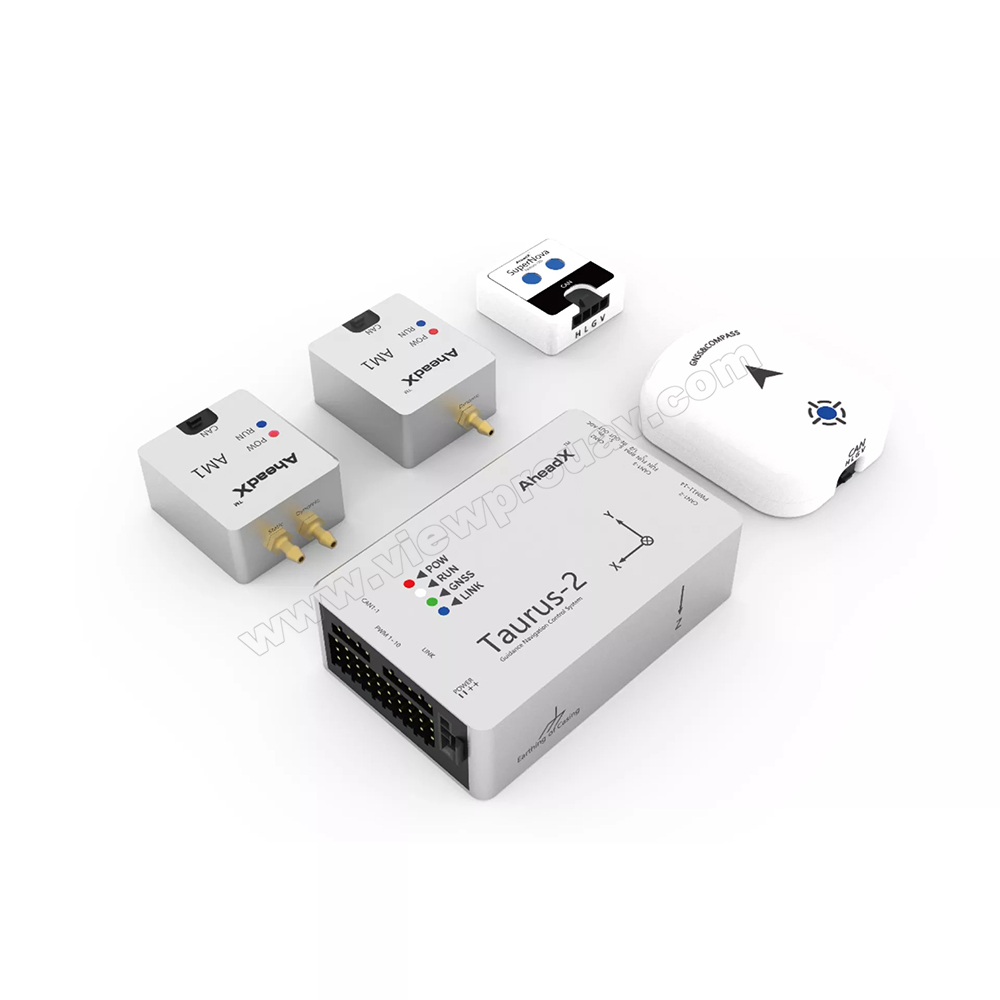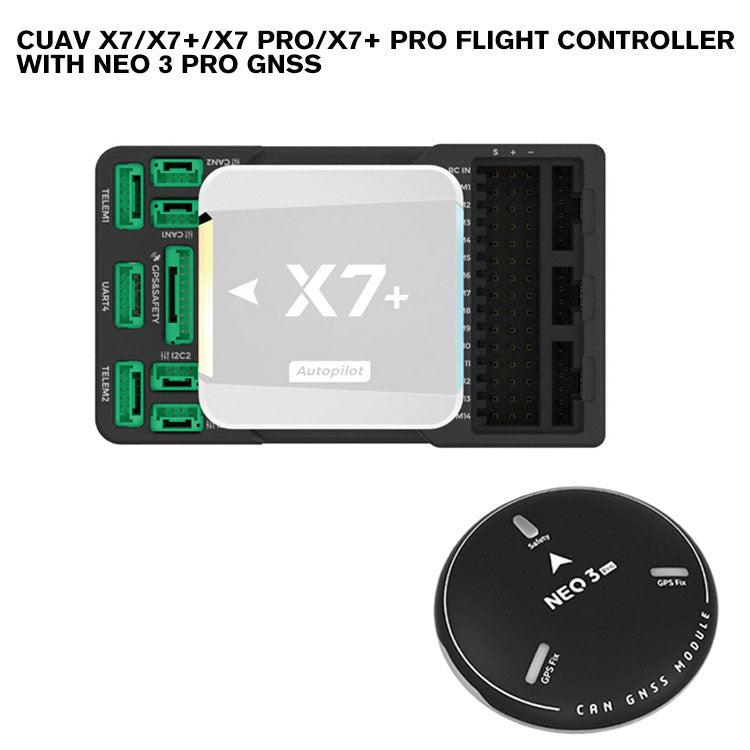SparkNavi Drone Flight Controller and GNSS/INS Made in Taiwan: Precision Navigation for Drones
Understanding the Necessary Features and Functions of a Drone Flight Controller for Ideal Aerial Performance
The flight controller functions as the essential element in a drone's architecture, managing its motions and making certain stability through an innovative interplay of information and sensing units processing. Recognizing the necessary attributes and functions of these controllers is vital for making the most of airborne efficiency, as they determine not just navigational precision yet additionally general safety and security and dependability. With advancements in innovation, the landscape of flight controllers is quickly evolving, motivating a more detailed exam of what genuinely defines ideal performance in this vital system. What implications do these advancements hold for both enthusiasts and specialists in the area?
Summary of Flight Controllers
When discovering the world of drone technology, recognizing flight controllers is crucial for both experts and enthusiasts alike. Flight controllers offer as the mind of the drone, orchestrating its activities and making sure stability throughout trip (SparkNavi drone flight controller and GNSS/INS made in taiwan). They refine data from different sensing units, including accelerometers, gyroscopes, and barometers, to maintain stability and reply to pilot inputs efficiently
The style of trip controllers can vary significantly, varying from standard variations created for entry-level drones to sophisticated systems geared up with sophisticated attributes for professional applications. The combination of GPS capacities makes it possible for precise navigation and positioning, while programmable firmware enables users to personalize trip attributes to match their particular requirements.
In addition, trip controllers are pivotal in helping with communication between the drone and the push-button control, making it possible for real-time changes and telemetry information transmission. Understanding the different sorts of flight controllers, including multi-rotor, fixed-wing, and hybrid systems, is essential for choosing the proper design for a provided application. Inevitably, a comprehensive grasp of trip controllers not just boosts the flying experience yet additionally takes full advantage of the performance and security of drone operations.
Secret Features of Trip Controllers
Trip controllers play a crucial role in managing a drone's flight dynamics by implementing numerous vital features that guarantee security and responsiveness. Among the main features is the stablizing of the drone's alignment and elevation. This is attained through the assimilation of different sensors, including measures, gyroscopes, and accelerometers, which continuously monitor the drone's position and activity.
.jpg)
An additional vital function is the processing of control inputs from the pilot or autonomous systems. The trip controller analyzes these inputs and readjusts the drone's electric motor rates accordingly to attain the preferred flight course. This includes handling pitch, roll, and yaw, which are important for maneuverability.
Additionally, trip controllers are furnished with secure systems. These features are developed to react to vital scenarios, such as low battery degrees or loss of signal, by launching predefined actions like returning to the launch factor or hovering in place.

Crucial Functions to Take Into Consideration
Various crucial features must be taken into consideration when selecting a drone flight controller to make sure optimal efficiency and dependability. One important facet is the controller's processing power, which identifies its capacity to manage complex trip algorithms and real-time information processing. A greater processing capacity enhances responsiveness and stability during flight.
Another essential function is the number of why not try here sustained trip modes. A functional trip controller must supply numerous modes, including acro, elevation hold, and GPS-assisted settings, providing to different pilot skill levels and functional situations. In addition, the existence of integrated security attributes, such as fail-safes and geofencing, can substantially enhance operational safety.
Compatibility with numerous communication procedures is additionally essential, as it makes certain smooth integration with various other tools and peripherals, such as remote controllers and telemetry systems. The controller's firmware need to be user-friendly and on a regular basis upgraded to incorporate new functions and optimizations.
Assimilation With Sensing Units and Systems
A flight controller's performance is heavily affected by its capacity to incorporate with numerous sensing units and systems. This integration is important as it allows the trip controller to obtain real-time information essential for efficient flight management. Trick sensing units include GPS, inertial dimension systems (IMUs), measures, and magnetometers, each supplying essential details pertaining to the drone's alignment, setting, and elevation.

In addition, advanced trip controllers sustain integration with haul systems, including video cameras and other sensors, enabling boosted capabilities such as independent navigating and challenge avoidance. This interconnectedness not just enhances the drone's functional capabilities yet likewise increases its application prospective throughout different industries, from aerial digital photography to farming tracking. Thus, a well-integrated trip controller is fundamental for accomplishing optimal aerial efficiency and guaranteeing the integrity of drone operations.
Tips for Optimizing Efficiency
To maximize the efficiency of your drone, a number of vital strategies can be employed that concentrate on maximizing both software and hardware components. Initially, make sure that the flight controller firmware is up to date. Makers regularly launch updates that boost security, enhance functionality, and deal with insects. Regularly looking for these updates can substantially affect your drone's efficiency.
Following, calibrate your sensors, consisting of the accelerometer and gyroscope, to make sure exact readings. Appropriate calibration lessens drift and improves trip stability, particularly throughout complex maneuvers. Furthermore, take into consideration updating the hardware elements, such as electric motors and propellers, to improve thrust and performance. Premium props can lower drag and boost flight time.
Adjust your trip setups, including PID (Symmetrical, Integral, Derivative) worths, to attain smooth and Web Site receptive handling. By implementing these methods, drone operators can considerably improve airborne performance, leading to a much more effective and delightful flying experience.
Final Thought
In verdict, an extensive understanding of drone trip controllers is essential for boosting airborne performance. By prioritizing these components, drivers can significantly elevate the efficiency and integrity of their drone systems in diverse applications.
Flight controllers serve as the brain of the drone, coordinating its motions and ensuring stability throughout flight.Trip controllers play a critical role in handling a drone's trip characteristics by performing a number of crucial features that guarantee stability and responsiveness. The trip controller analyzes these inputs and readjusts the drone's motor speeds accordingly to achieve the desired flight path.Many necessary features should be taken into account when picking a drone flight controller to guarantee optimum efficiency and dependability. Thus, a well-integrated trip controller is blog here fundamental for attaining ideal aerial efficiency and making sure the integrity of drone operations.